
Celebrating IRAS, NASA's First Infrared Space Telescope
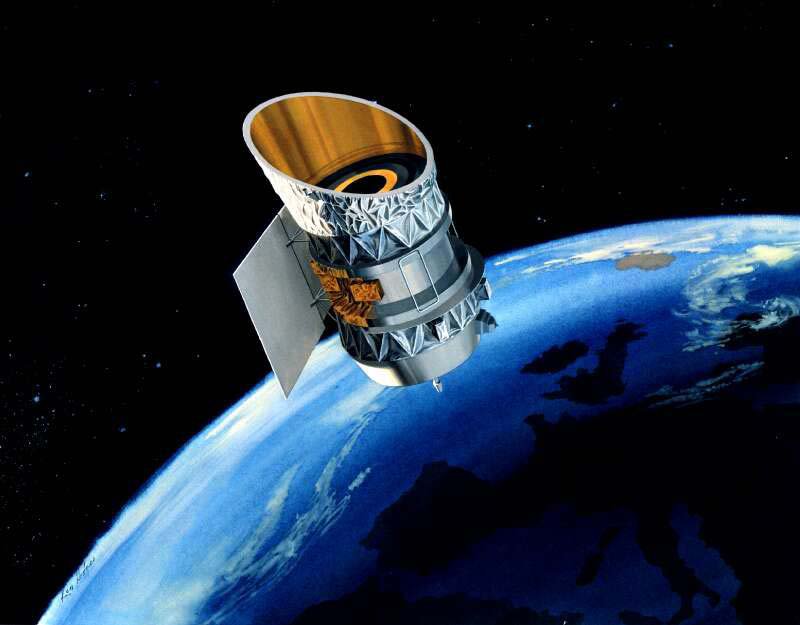
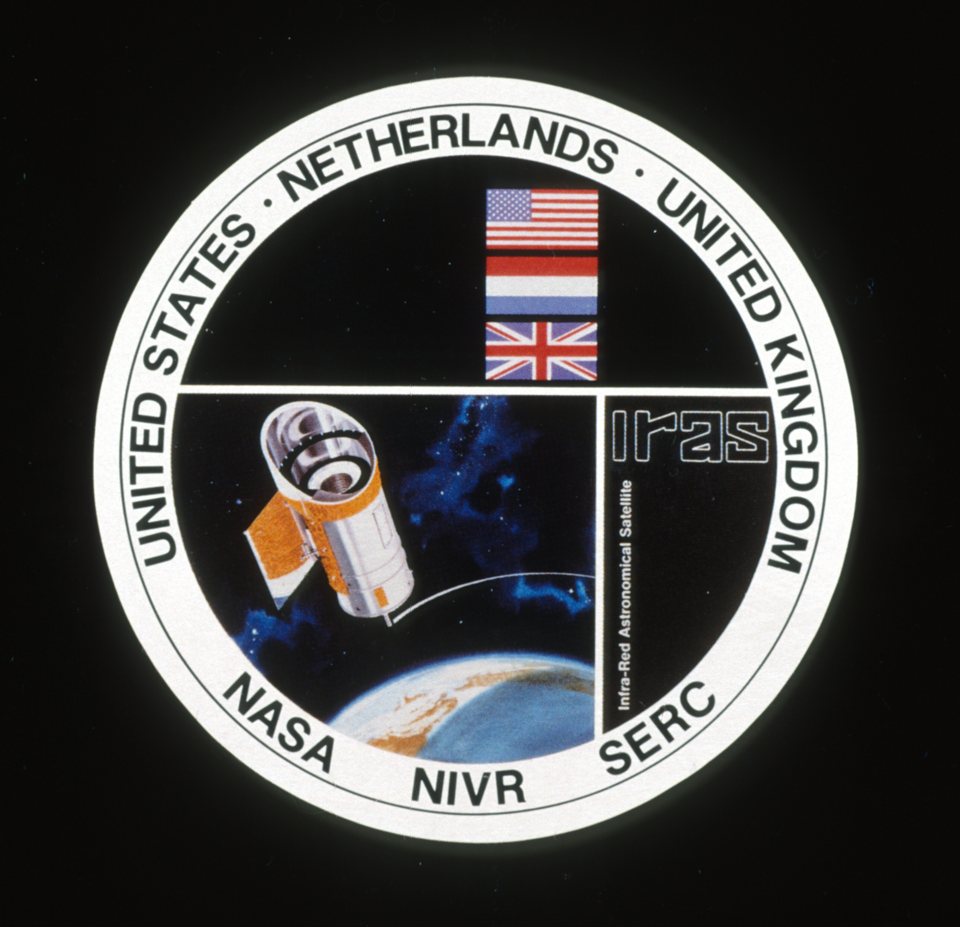
An image of the original IRAS mission patch representing the three international space agencies: NASA (USA), NIVR (The Netherlands), and SERC (United Kingdom), and an illustration of the satellite in space. Credit: NASA/JPL
300 Days of Data That Spawned 40 Years of Infrared Astronomy
Written by Marcy Harbut (Caltech/IPAC)
When the first long-awaited images from NASA's James Webb Space Telescope (JWST) were released in 2022, inspiring the next generation of astronomers and astronomy enthusiasts, few probably understood how much those breathtaking images were made possible by a little space satellite called the Infrared Astronomical Satellite (IRAS).
Launched 40 years ago today on January 25, 1983, IRAS was the first space telescope to make a comprehensive, reliable survey of the sky at infrared wavelengths of light. The Explorer-series satellite’s 62 individual detectors scanned more than 96% of the sky over 10 months, capturing about 350,000 infrared sources and producing a dramatic new skymap of our Milky Way galaxy. IRAS’s infrared wavelengths gave it the ability to peer deep into clouds of gas and dust obscured at visible wavelengths, to study extremely cold objects, and to study objects in the distant universe. Those sources were characterized as normal stars, newly formed stars still embedded in their natal cloud of gas and dust, stars with extreme properties, normal galaxies and ultra-luminous galaxies emitting most of their energy in the infrared, comets, and asteroids.
Four decades later, the mission's catalogs continue to be regularly accessed by researchers. The Astrophysics Data System (ADS) lists roughly 3,500 peer-reviewed papers published from 2018 through 2022 that cite IRAS data or targets—an average of more than 500 papers per year. The IRAS dataset resides at the NASA Infrared Science Archive (IRSA) at IPAC on the Caltech campus. In 2022 alone, users submitted over 237,000 queries for IRAS data from IRSA.
The IRAS mission was a joint project between space agencies of the United States, the Netherlands, and the United Kingdom that spawned new areas of study in astronomy. The US science team was led by Caltech’s Gerry Neugebauer and included Caltech’s Tom Soifer, the future Director of the Spitzer Space Telescope Science Center at IPAC. George Helou, the current IPAC Director, worked on the mission as a postdoc.
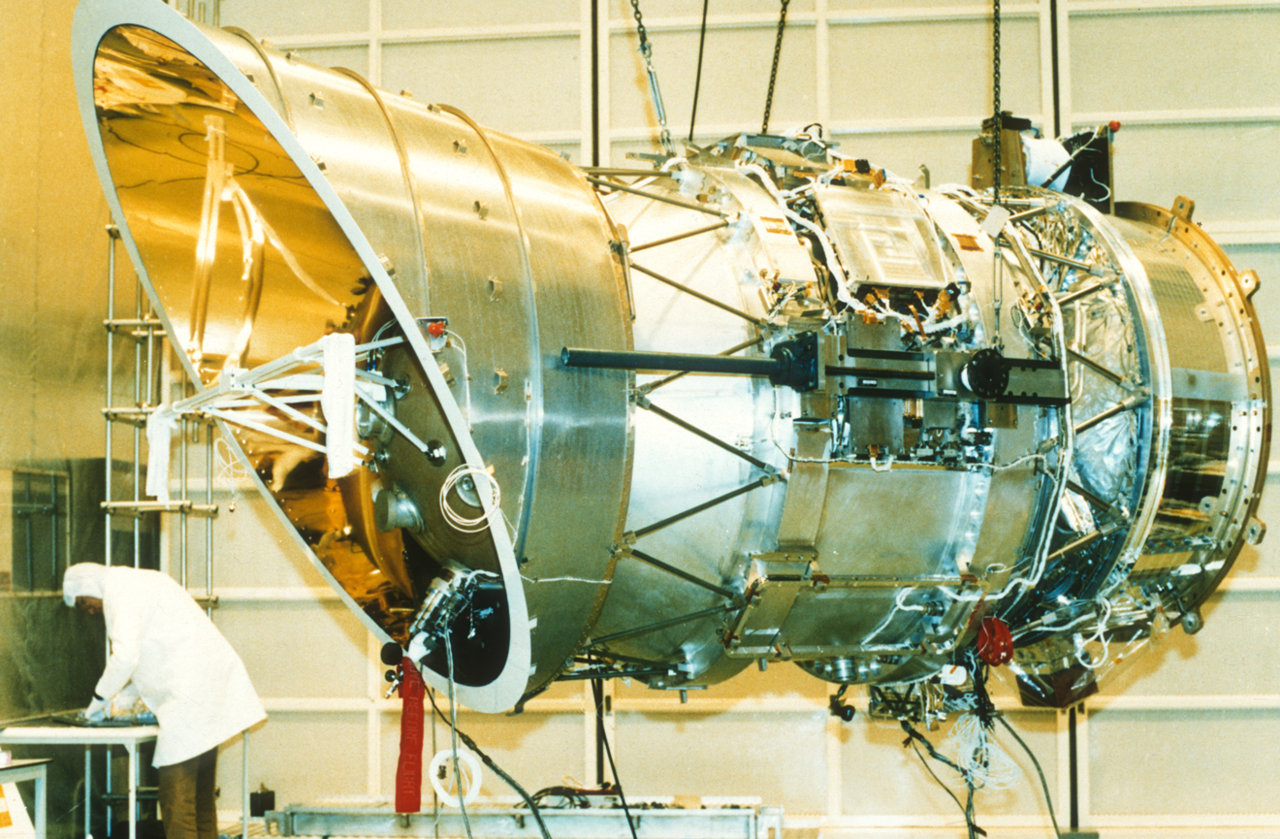
The nearly completed IRAS spacecraft in the clean room at the Jet Propulsion Laboratory. Credit: NASA/JPL
Charles "Chas" Beichman, previously IPAC Director in the 1990s and currently the Executive Director of the NASA Exoplanet Science Institute (NExScI) at Caltech/IPAC, worked on the IRAS mission as a JPL staff scientist studying stars similar to our own Sun. The mission produced many surprises. "The discovery was made early on that the calibrator star we were using, Vega, had a huge infrared excess due to a debris disk," he said. "In my mind, this led to the birth of exoplanet science—we were finding the hallmarks of planets a decade before finding the first planets themselves."
To astronomers, a “debris disk” is a diffuse band of rocks and dust that are likely leftovers from earlier epochs of planet formation, like the asteroid belt in our own solar system. Such debris is far too sparse and tiny to image directly—astronomers have to work hard to find local asteroids within our own solar system—but warmed by light from its central star, its collective thermal glow can be measured by infrared telescopes. This “excess” infrared brightness stands out from the expected emission from the hotter star. Finding that debris disk around Vega—the fifth-brightest star in the night sky also known as Alpha Lyrae—supported the theory that planets formed from disks of gas and dust that orbit young stars.
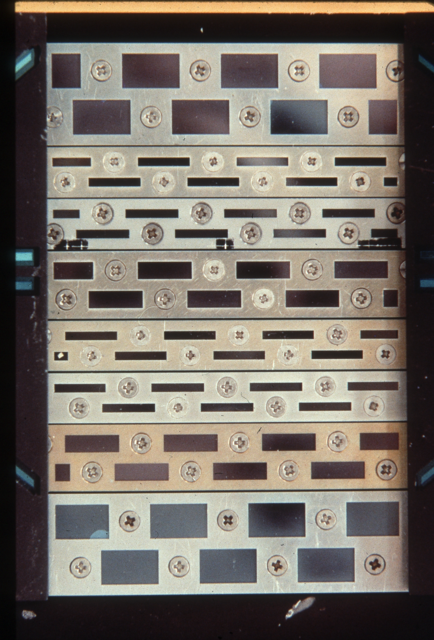
This image shows the detector array on the focal plane of the Infrared Astronomical Satellite (IRAS). The survey array consisted of 62 rectangular infrared detectors arranged in staggered rows such that any real point source crossing the focal plane as the satellite scanned would be seen by at least two detectors in each wavelength band. Most of the detectors in each band had standard-sized apertures, with one or two being half-sized. Credit: NASA/JPL-Caltech
The announcement of the first confirmed exoplanet wouldn't happen until 1995 with 51 Pegasi, but IRAS can be credited with proving that space-based infrared astronomy was technologically feasible and enormously exciting for almost every branch of astrophysics. IRAS's success led to bigger and more powerful infrared-enabled telescopes, including NASA's Spitzer Space Telescope, the Wide-field Infrared Survey Explorer (WISE), and more recently, JWST. Future missions like NEO Surveyor will continue leveraging infrared technology to find potentially hazardous asteroids and comets, and SPHEREx, an all-sky infrared spectral survey, is set to launch in two years. IRAS also motivated ESA-led missions, including the Infrared Space Observatory (ISO), Herschel, and to some extent Planck, and the JAXA-led mission AKARI.
Beichman said he's observing some of the same targets with JWST’s 6.5-meter telescope as he did with IRAS’s 60-cm telescope 40 years ago, including Fomalhaut, Vega, and Beta Pictoris.
"One of the through lines of my research is looking for protostars and planets, starting with massive stars and planets and pushing down to stars like our Sun and, eventually, to planets like our Earth," Beichman said. "My goal with IRAS was to find solar-type stars instead of the more luminous O stars and B stars, which were the only things detectable with ground-based telescopes. With IRAS, it was possible to push down to finding stars like the Sun caught in their first few million years after formation. Planets were the obvious next step, but while IRAS could not detect planets, it did discover debris disks, which are rings of solid material left over from the era of planet formation—signposts of planet formation.”
“Beta Pictoris has a really bright debris disk that was detected by IRAS and was soon observed with a coronagraph to reveal a spectacular edge-on disk. That's a canonical image. JPL’s Rich Terrile looked at the star because IRAS had observed a huge infrared excess, which outshined the emission expected from the star itself," Beichman said, noting that Beta Pic now has two confirmed planets and is the target of intensive observation with JWST.
IRAS can also be credited with revolutionizing how astronomers process, share and work with data. In fact, IPAC was established as a data processing center for the IRAS mission, hence its original name: the Infrared Processing and Analysis Center. Concurrently, IPAC scientists and engineers developed early versions of tools to access large catalogs of astronomical objects. Many of those are still in use at IPAC. They also used cutting-edge (at the time) technology like special graphical displays that were a step up from the standard monochrome command-line interfaces.
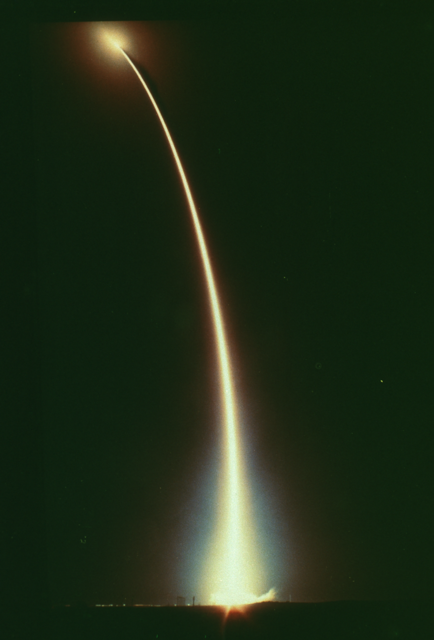
This image captures the launch of a RocketDelta 3910 from Vandenberg Air Force Base in California carrying the Infrared Astronomical Satellite (IRAS). IRAS was launched at 21:17 UTC on January 25, 1983 and entered service on February 9, 1983 in a geocentric, helio-synchronous orbit. Credit: NASA/JPL
"We obtained data for only 300 days but then spent a couple of years generating catalogs and images on an IBM 360 computer," said Beichman. "A lot of IPAC staff worked on processing the data on a daily basis."
IPAC was established on the Caltech campus as a collaboration between JPL and Caltech to host a range of US-based and international scientists interested in working with these revolutionary datasets. In fact, IRSA was one of the first electronic astronomical data archives. "NASA realized the catalogs and images were so rich that they should fund the community work with the data," said Beichman. "We would schedule visitors—there was no internet, no Zoom, no virtual work. If you wanted access to the data you had to come to Pasadena to work with our catalog and image processing tools and with our staff scientists who would work with you one-on-one to help you with your project."
A major contribution of IRAS and IPAC was demonstrating that reliable, well documented and science-ready data products can be made public within months of data being acquired on orbit.
IPAC has since continued in its mission of enabling transformative research across many wavelengths, working with the research community, and supporting current and future missions in space and on the ground, but IRAS will always be remembered as the starting point of IPAC’s important role in supporting the US and international astronomical community.
"It's IRAS that put IPAC on the map," said Beichman. "For me, one of IRAS’s lasting legacies is working with such a great international team of scientists and engineers who made the mission and its data products possible. I am reminded of the speech in Shakepeare’s Henry V where the prince honors, ‘We few, we happy few, we band of brothers,’ who would fight together at Agincourt—or in our case, worked on IRAS.”
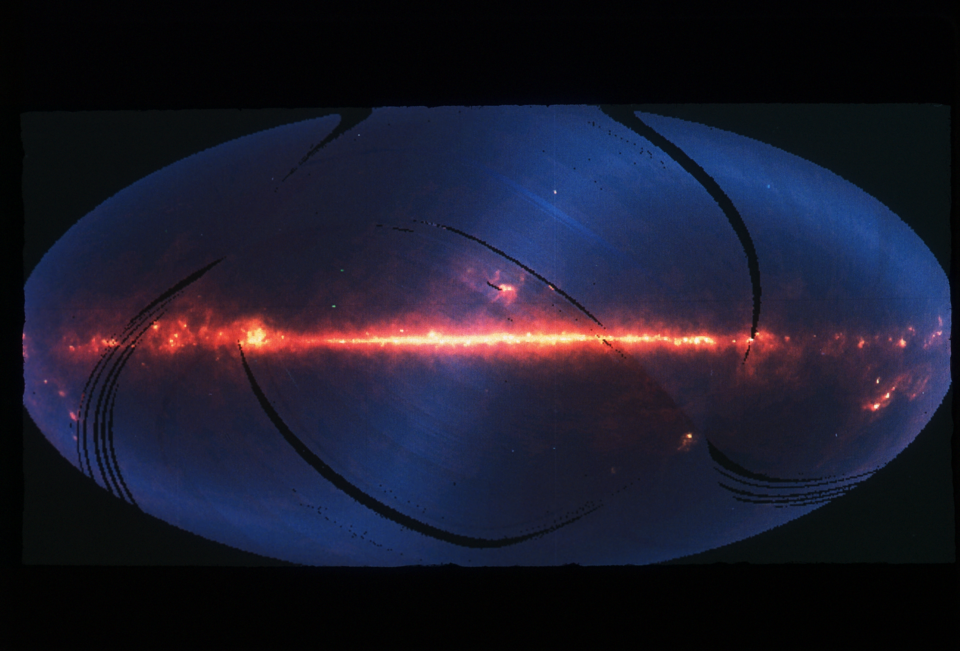
This image shows nearly the entire sky, as seen in infrared wavelengths and projected at one-half degree resolution, assembled from six months of data from the Infrared Astronomical Satellite (IRAS). The bright horizontal band is the plane of the Milky Way, with the center of the galaxy located at the center of the picture. (Because of its proximity, the Milky Way dominates our view of the entire sky, as seen in this image. IRAS data processed to show smaller regions of the sky, however, reveal thousands of sources beyond the Milky Way.) The colors represent infrared emission detected in three of the telescope's four wavelength bands – blue is 12 microns; green is 60 microns, and red is 100 microns. Hotter material appears blue or white while the cooler material appears red. The hazy, horizontal S-shaped feature that crosses the image is faint heat emitted by dust in the plane of the Solar System. Celestial objects visible in the photo are regions of star formation in the constellation Ophiuchus (directly above the Galactic Center) and Orion (the two brightest spots below the plane, far right). The Large Magellanic Cloud is the relatively isolated spot located below the plane, right of center. Black stripes are regions of the sky that were not scanned by the telescope in its first six months of operation. Credit: NASA/JPL-Caltech
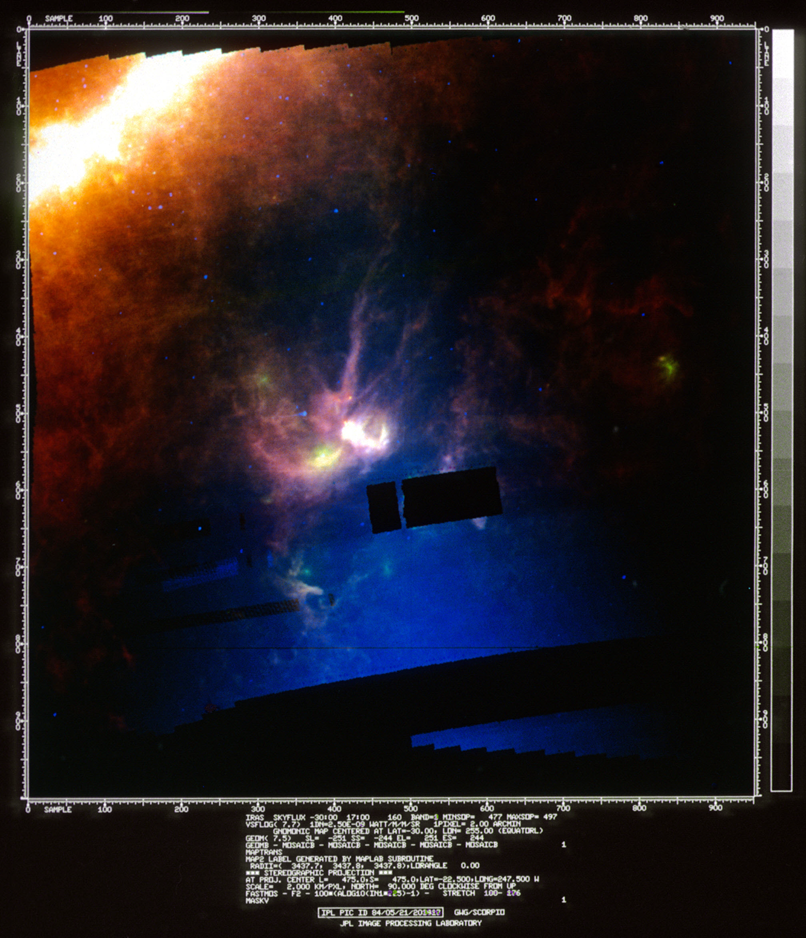
This image of the Galactic Center (bright, upper-left area) and the Rho Ophiuchus star-forming region is an early example of a reconstructed image created from data taken by the Infrared Astronomical Satellite (IRAS). Although IRAS was not designed to make images of the sky, the dataset scanned low-level, broad variations in background infrared levels that were later identified as “infrared cirrus.” IPAC scientists and engineers realized they could use the scans to reconstruct actual pictures of the sky. Credit: NASA/JPL-Caltech
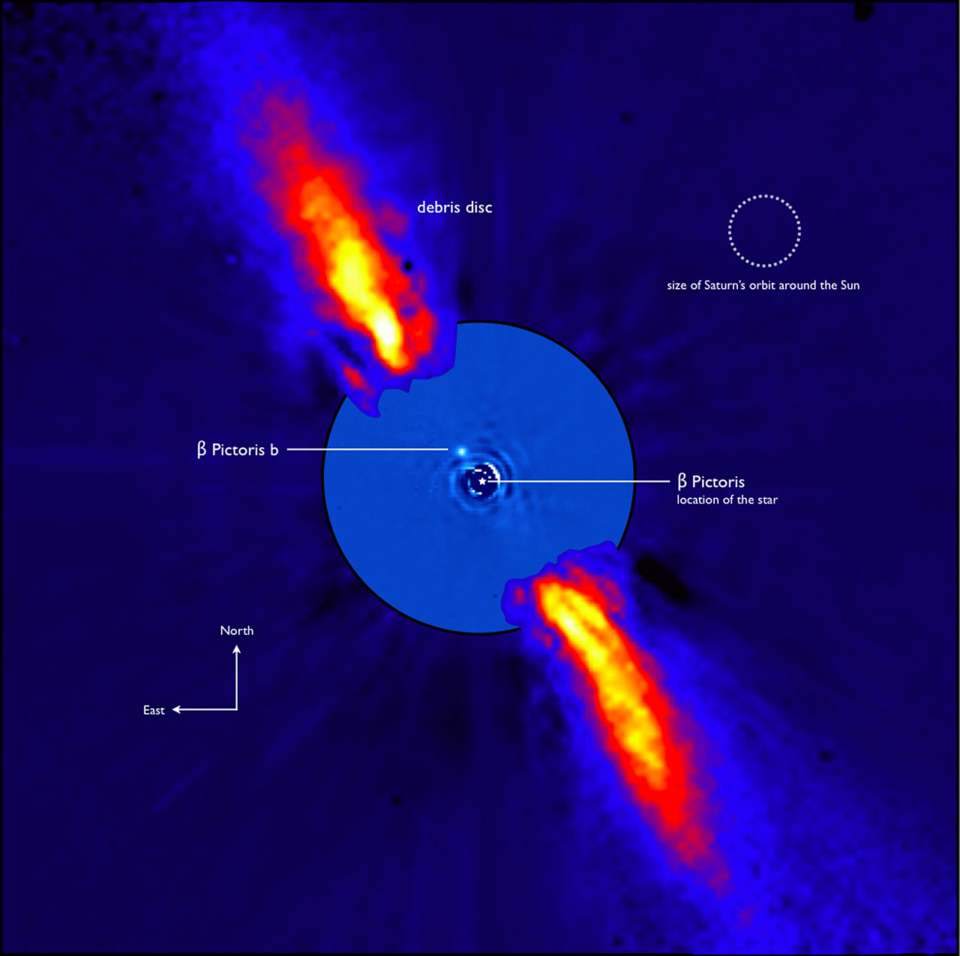
The original IRAS discovery of a large excess of infrared emission led astronomers to make visible light coronagraphic images like the one shown here. Subsequent coronagraphic observations revealed the presence of two orbiting, Jupiter-sized planets. Credit: ESO/A.-M. Lagrange et al.

Some members of the original IRAS mission gathered to celebrate the telescope's 40th launch anniversary in Pasadena, California.
- Date: January 25th, 2023
- Category: Project News
- View Image


